Prediabetes is a “pre-diagnosis” of diabetes that can be considered a warning sign that you may develop type 2 diabetes. There are some indications of prediabetes that you can look out for, and with the help of some lifestyle changes you can take action and protect yourself from more severe health problems. In the following pages, we discuss ten of the most recognizable signs of prediabetes. Read on to see how you can protect yourself and your future health.
1. Extreme Thirst

When suffering from prediabetes your blood glucose level (or blood sugar level) will be higher than normal. While your body puts in the extra effort to moderate these glucose levels, you will experience dryness of mouth or extreme thirst. The more sugar in the blood, the more thirsty you will become.
2. Tiredness

The lack of glucose in your system will mean that your body works overtime searching for an energy source. This may lead to extreme fatigue. Even directly after eating you may feel lethargic and in need of rest. Combined with dehydration this can be a dangerous combination and should be taken very seriously.
3. Weight Gain
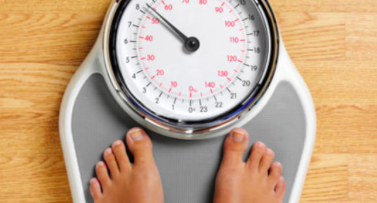
The absence of glucose can confuse the body, and another symptom of prediabetes could be weight gain. This can be down to the body’s irregular pursuit of an energy source but can also be explained by dehydration and the desire to eat to create energy. Thankfully, an increase in your exercise level has been proven to moderate all three of these symptoms. Exercise helps muscle cells use blood glucose for energy by making the cells more sensitive to insulin.
4. Blurred Vision
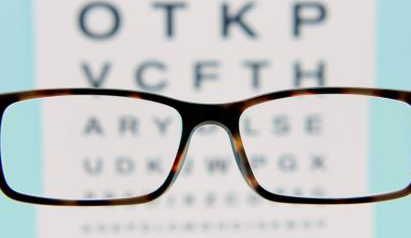
Vision problems are one of the first complications accompanying prediabetes. If you experience blurred vision, you should consult a doctor. Eye disease is a very common side effect of diabetes, including retinopathy, glaucoma, and cataracts. It is essential that you consult a doctor if you experience blurred vision. A quick medical check for blood sugar levels will confirm whether or not this is a symptom of prediabetes.
5. Blood Pressure
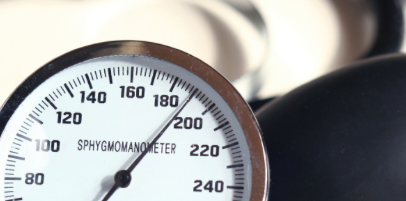
High blood pressure (or hypertension) may be a warning sign of prediabetes. A diagnosis of hypertension and prediabetes can lead to heart disease and more severe complications. Lifestyle changes can help naturally lower high blood pressure and moderate prediabetes. Such changes include exercise, lower salt intake, and dietary modification.
6. Persistent Wounds
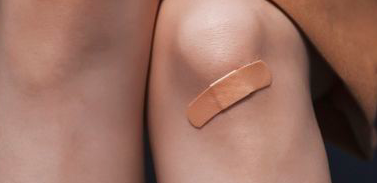
High levels of blood glucose can, over time, affect the nerves and lead to poor blood circulation. This makes it hard for blood, needed for skin repair, to reach areas of the body affected by sores or wounds. This can also make sufferers more at risk of infections.
7. Skin Pigmentation
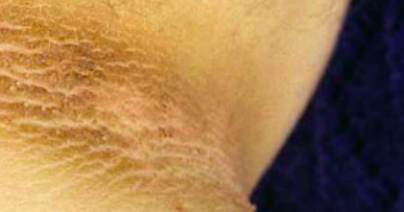
Dark skin areas called acanthosis nigricians can occur with prediabetes. These patches may appear in skin folds and most commonly around the neck. This skin pigmentation is caused by an increase of insulin in the bloodstream.
8. Genetics
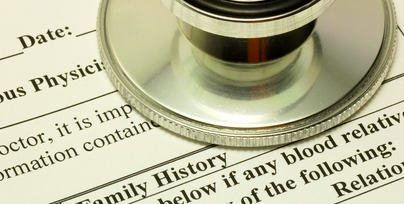
It is crucial to have as much information as possible about the health of your parents and further along in your family tree. A history of diabetes with naturally increase your risk of developing prediabetes. Knowledge of your genealogy is extremely useful for you and your healthcare provider.
9. Increased Urination
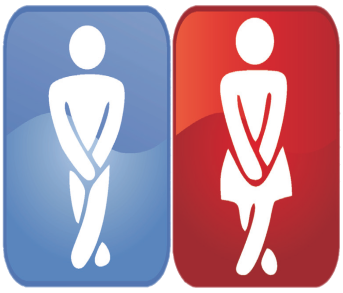
When insulin levels are not being regulated, the kidneys have to work overtime to remove glucose from the bloodstream. This will cause increased urination.
10. Next Steps
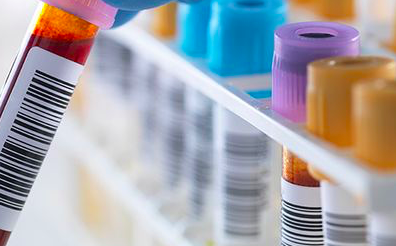
But here’s the good news: it is possible to prevent prediabetes from developing into type 2 diabetes. Eating healthy food, losing weight and staying at a healthy weight, and being physically active can help you bring your blood glucose level back into the normal range